If you walk into the local stores these days, it may be hard to believe that all those racks of clothes could ever be sold, let alone become unavailable. On the other hand, the fact that clothes stay one store shelves for months on end is also a good indicator that people can’t afford to buy even the cheaper brands.
In a post crisis world, not only will it be impossible to buy clothes, you may also find it just as hard to buy material, patterns, and tools for making your own clothes and shoes. As someone that learned how to knit, crochet, weave, and hand sew by age 9, I can safely say there is far more to good quality, long lasting clothes than what you see in the stores.
When it comes to surviving a crisis, certain skills will make it possible to make the perfect clothes for any and every situation.
Fabrics for Making Clothes
There are many fabrics on the market these days made from petroleum and other non-organic materials. While these fabrics may be thinner and lighter, they also require a good bit of processing in factories before they can be used for clothing.
By contrast, our ancestors readily turned cotton, wool, hemp, and other plant based goods into textiles by using spinning wheels and looms. By the same token, stretching and tanning animal hides (including brain tanning) also offers a source of fabric from just about any animal you take for food.
Other Materials for Making Clothes
Chances are, you already realize that the textiles used for your garments are nothing more than a series of inter woven threads. Unfortunately, it is neither practical nor feasible to carry a fully functional loom around with you that can produce a good quality fabric.
On the other hand, spinning cotton, wool, and other materials into yarn using a drop spindle or spinning wheel requires far less equipment. Once you have yarn, you only need a crochet hook or pair of knitting needles to make sweaters, hats, gloves, socks, and other clothing.
Garment Fasteners
In the absence of zippers, hook and eyes, velcro, and other modern fasteners, you will most likely need to rely on buttons for garment fastening. Fortunately, buttons can be made from just about anything. You can use animal bone, wood, or just about anything else that you can poke 2 – 4 holes through.
Colors and Designs
When it comes to thinking about what the post-crisis world will look like, many imagine it will be a drab place with people wearing filthy clothes with holes in them and very little color. Long before we had commercial dyes, everything from blueberries to butternut hulls were used to make bright, lively colors. While the art of natural dye making takes practice and skill, you can easily start off with berries and other pigment sources.
Once you make dyes for textiles, you can either apply them directly to threads and yarns, or develop rudimentary silk screen or wax coating systems to create designs on fabrics. Needless to say, you can always experiment with tye-dyes and other fabric folding methods that limit dye spread from layer to layer.
Tools for Making Clothes
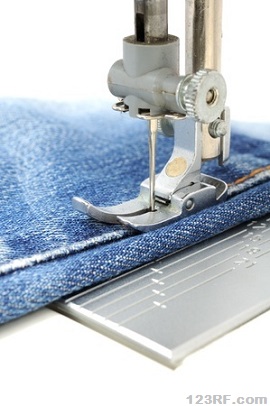
Start off with making a light weight blouse, and then work your way up to heavier fabrics that require heavier threads and tighter stitches.
- Knitting needles
- Crochet hooks (size 5 for light weight, near-lace work, size G for sweater weight yarns)
- Tatting shuttle for making lace
- Various sized hand sewing needles
- Needle threader (optional)
- Thimble
- Seam ripper
- Small scissors for cutting thread
- Large scissors for cutting fabric
- Specialized scissors for cutting through leather and other animal hides
- Spools for holding spun thread and animal sinew
- Large brown paper bags suitable for making patterns
- Crochet and knit stitch size guides that can be used for developing garment designs
- Pins
- Flexible tape measure
- Leather punches
Materials for Making Shoes
The upper part of shoes can be made from wood, leather, or canvas. Unless you are planning to make lighter weight shoes, it will best to use the heaviest leather or canvas that you can make. It is also very important to use heavier threads or sinew for attaching upper and lower parts of the shoe.
In a post crisis world, you will find it very hard to obtain rubber, resin, and other materials used for soles. If you are fortunate enough to come across old or used tires, you can cut those up for shoe soles.
You can also use leather for lighter duty wear, or wood provided you design the shoe so that you can easily replace the soles.
Tools for Making Shoes
As with making clothes, you do not need complicated or power driven tools to make shoes. Here are the basics that will allow you to work with wood, leather, and fabric:
- Heavy scissors capable of cutting canvas and thick leather
- Leather hole punch
- Hammer
- Pliers
- Scraper
- Pattern
- Shoe form
When it comes to bugging out or preparing for a crisis, you will eventually realize that it does not make much sense to stockpile clothes. Even though modern fabrics are convenient, they can easily be replaced later on using materials that you grow or hunt.
From that perspective, keeping a few very simple sewing and shoe making tools on hand will be of immense benefit. If you start making your own clothes from crop growing to final product, you will also be able to pursue an enjoyable hobby that will also give you a tradeable skill later on.
This article has been written by Carmela Tyrell for Survivopedia.




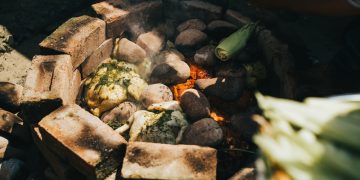

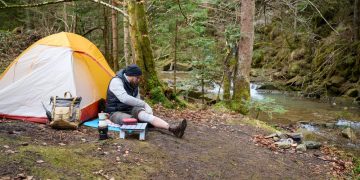

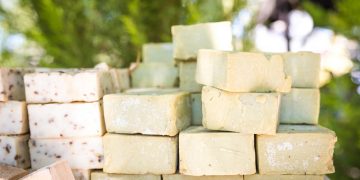















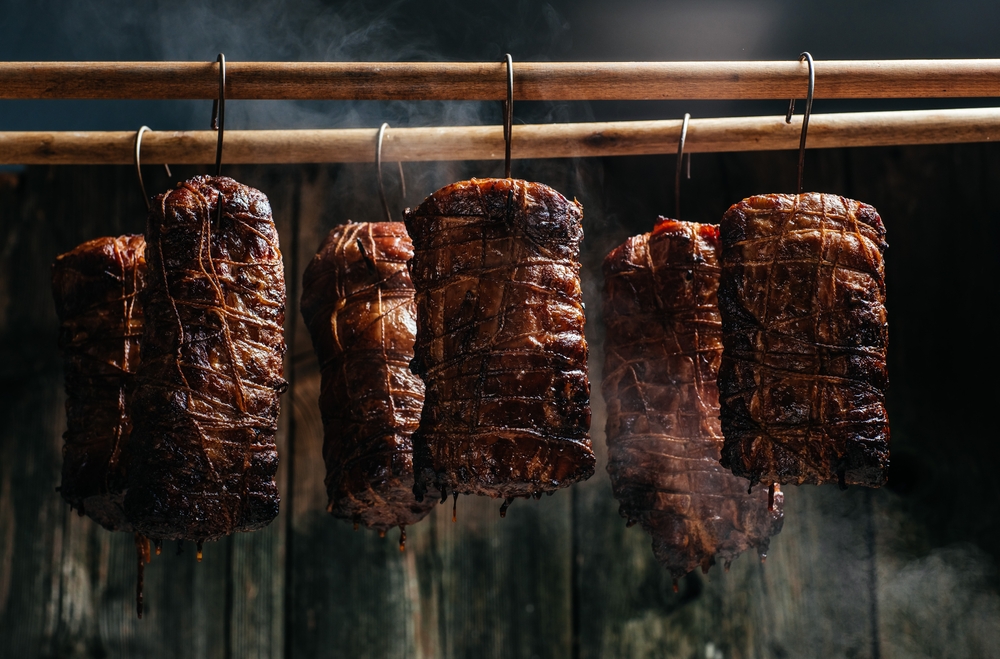
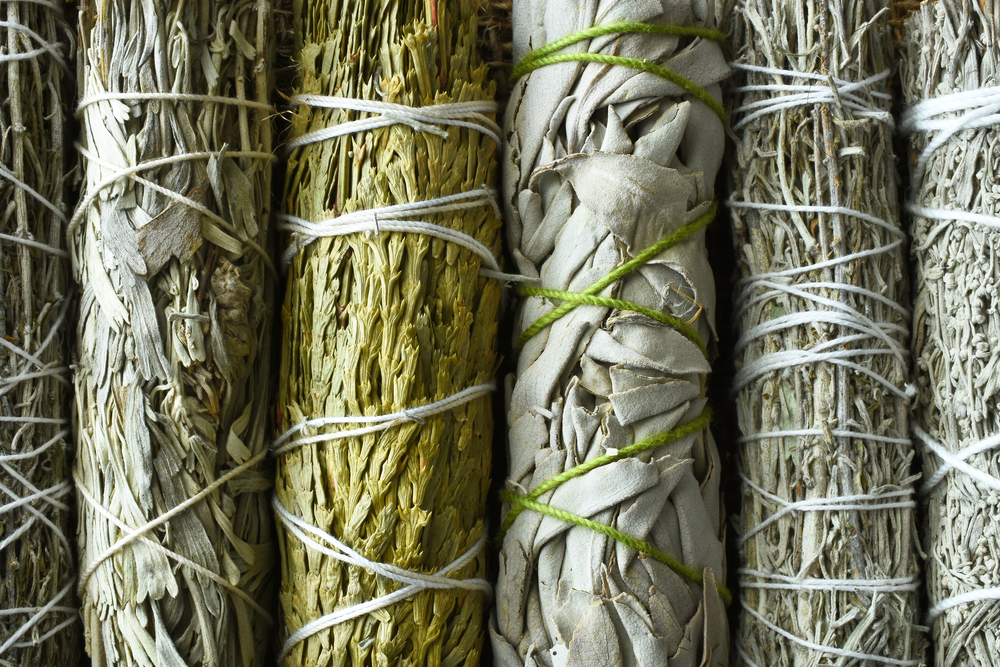


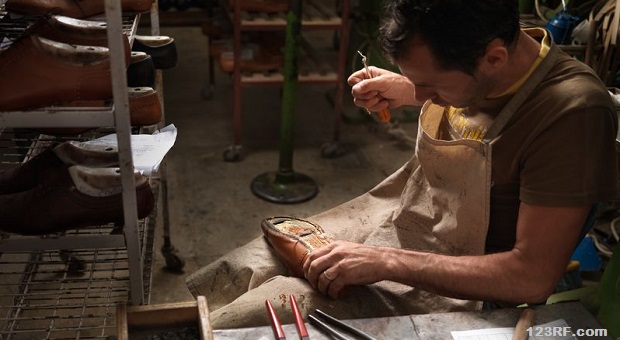
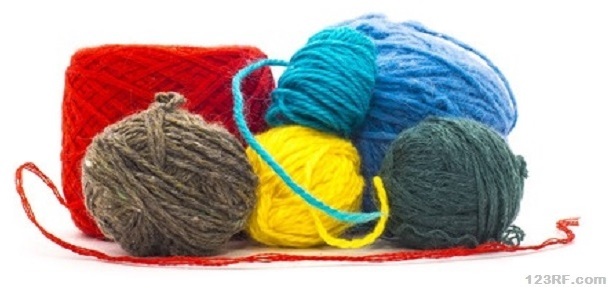
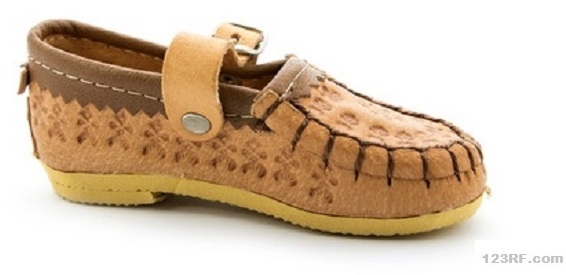




























































Besides cotton, and materials from sheep, rabbits, and other animal fur what else can I find in the wilderness to make yarn from. Do you know what types of plants (besides the cotton plant) one can make yarn from? I have tried to find a book that would tell that but haven’t found a good source of information.